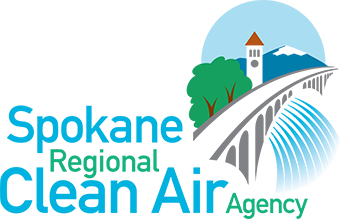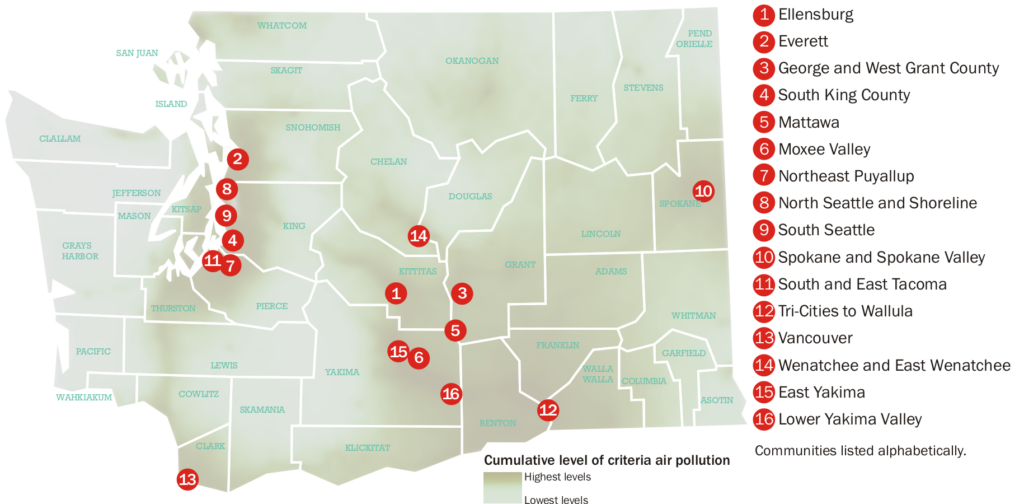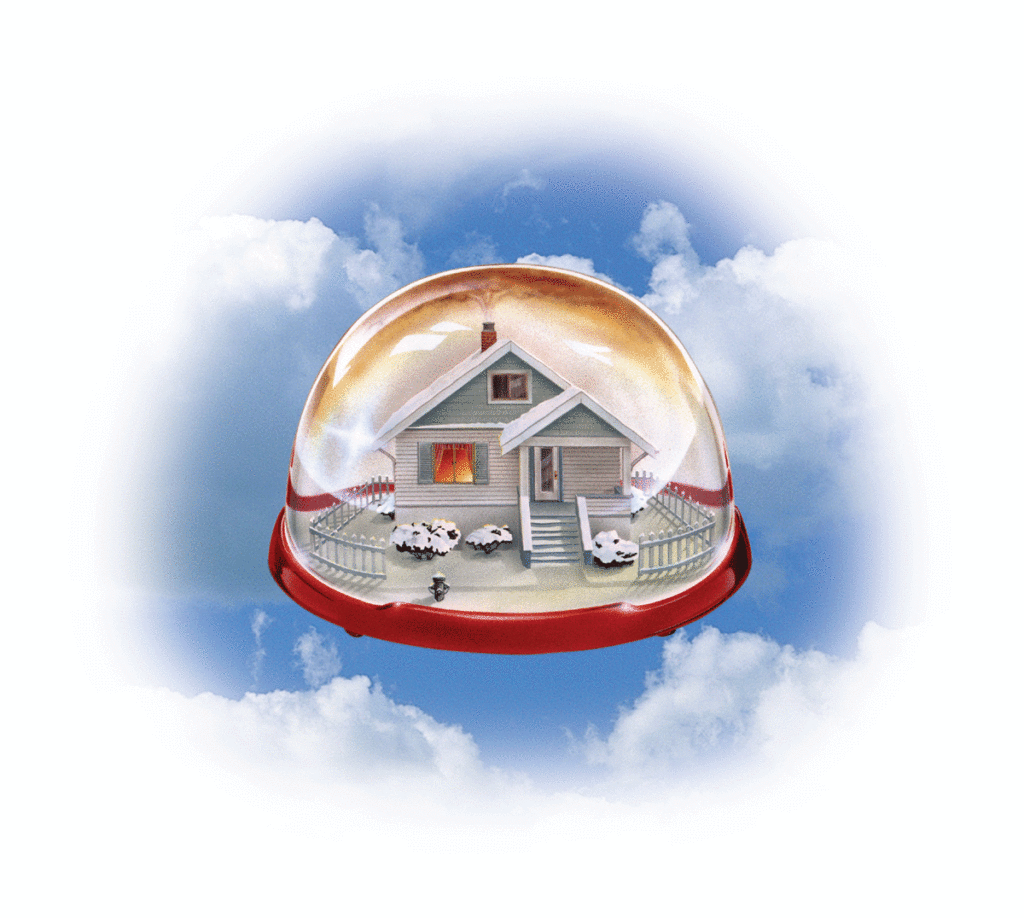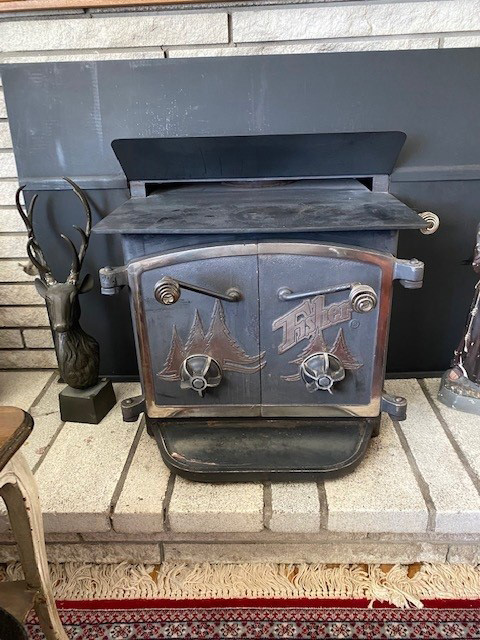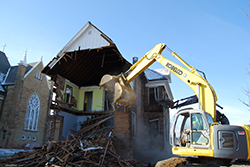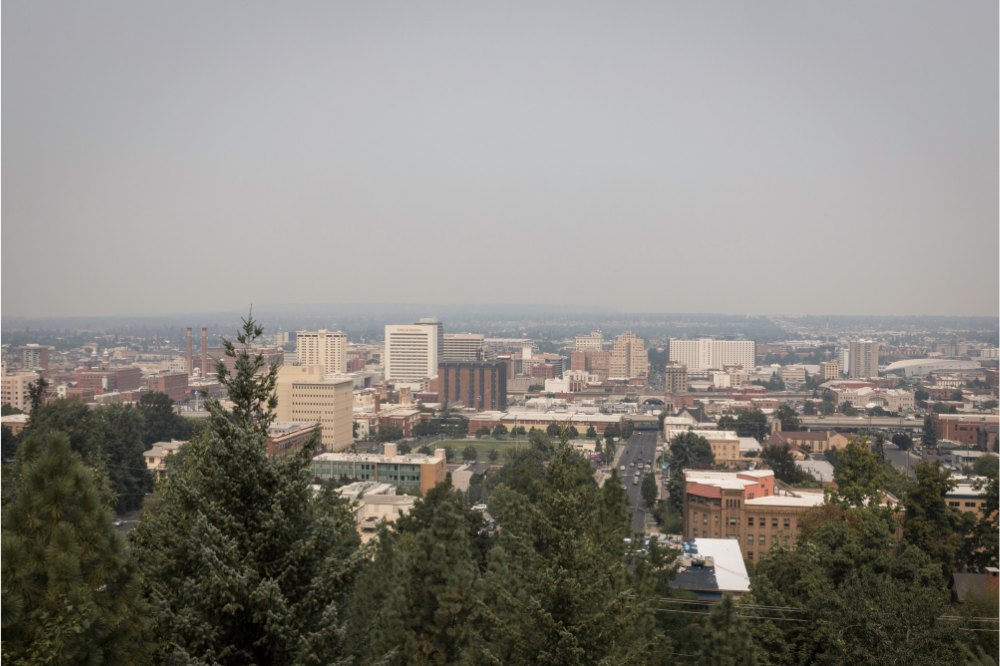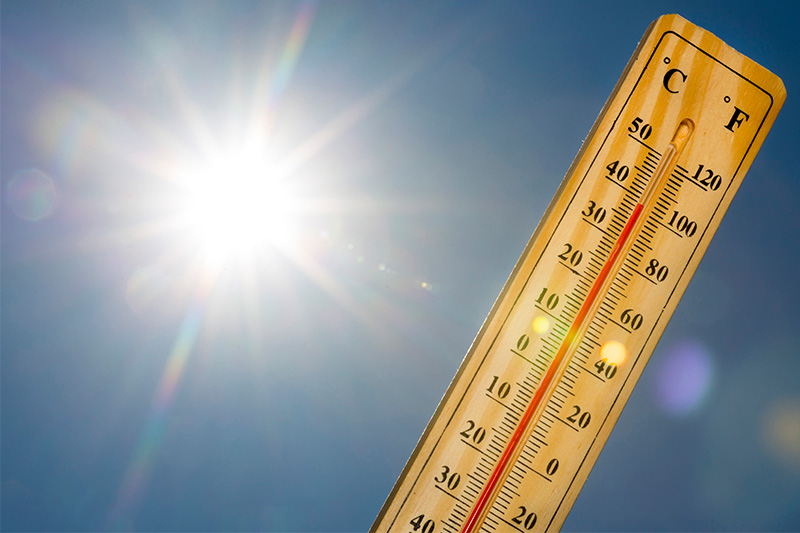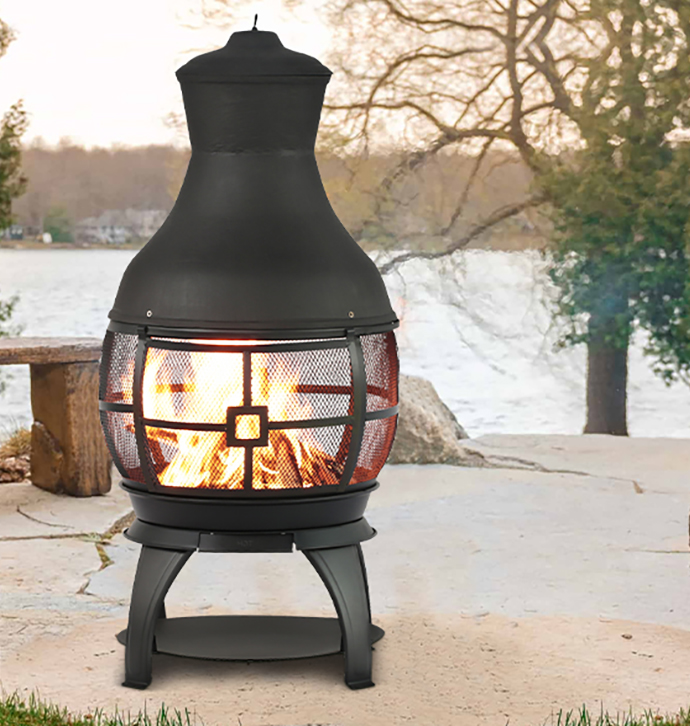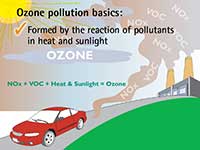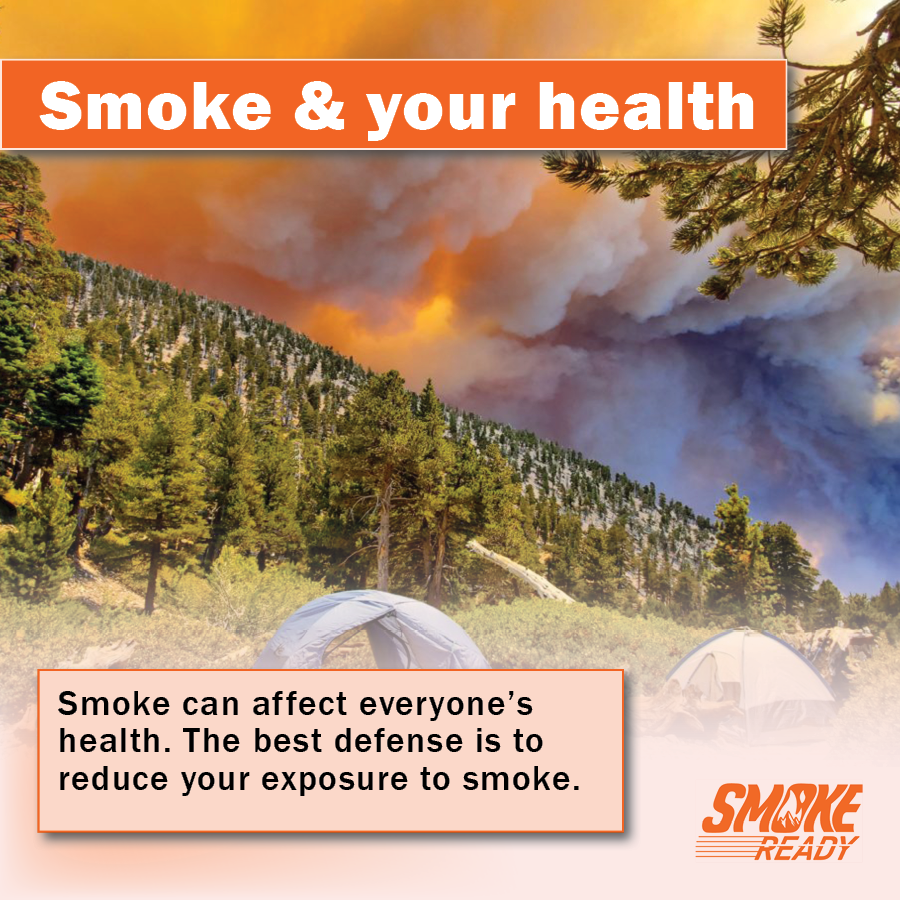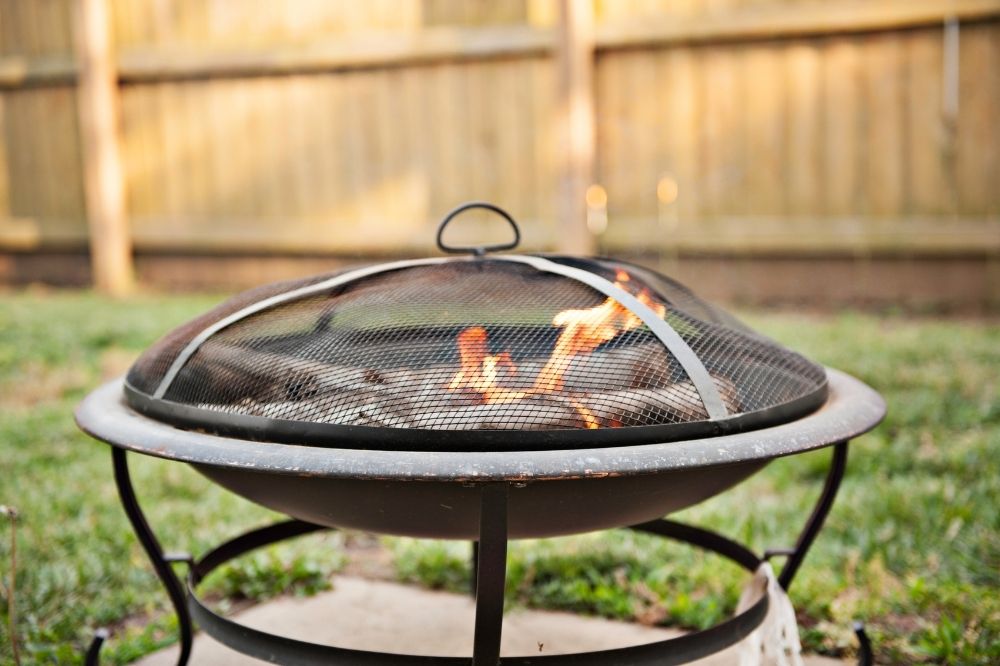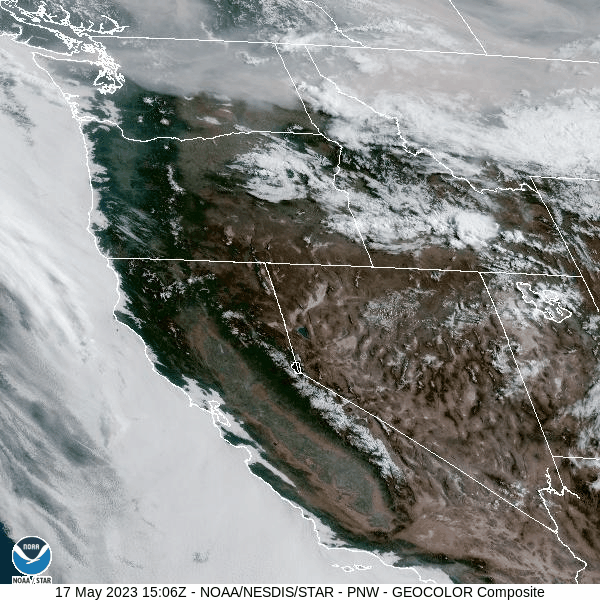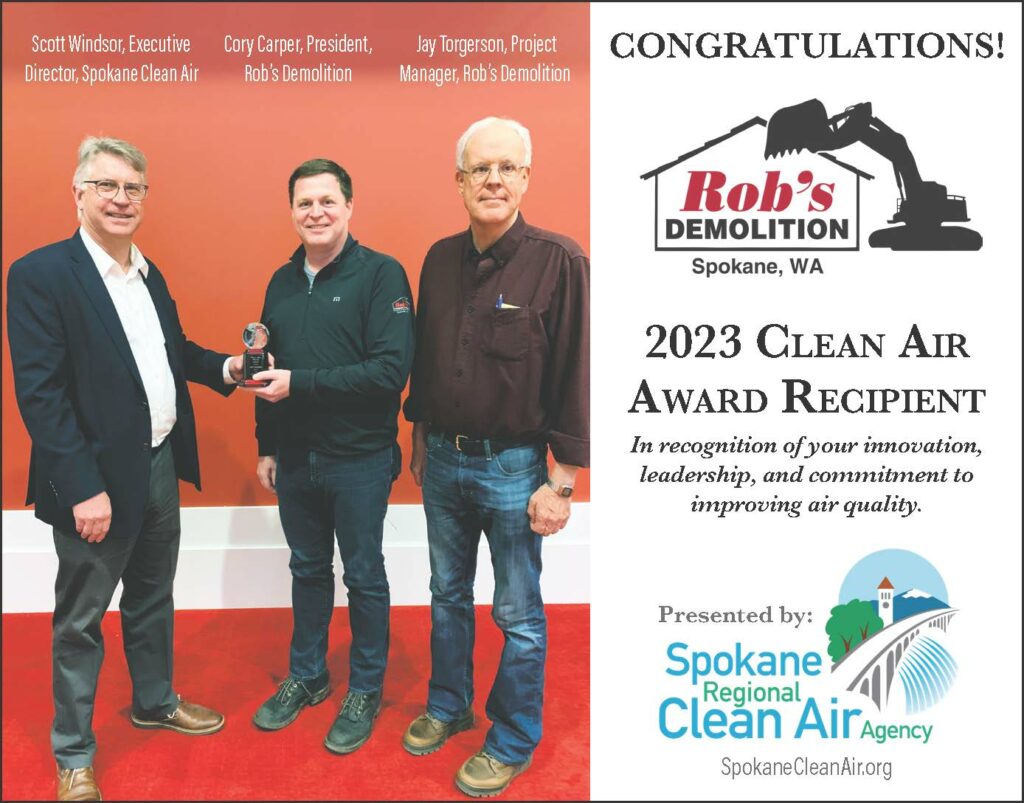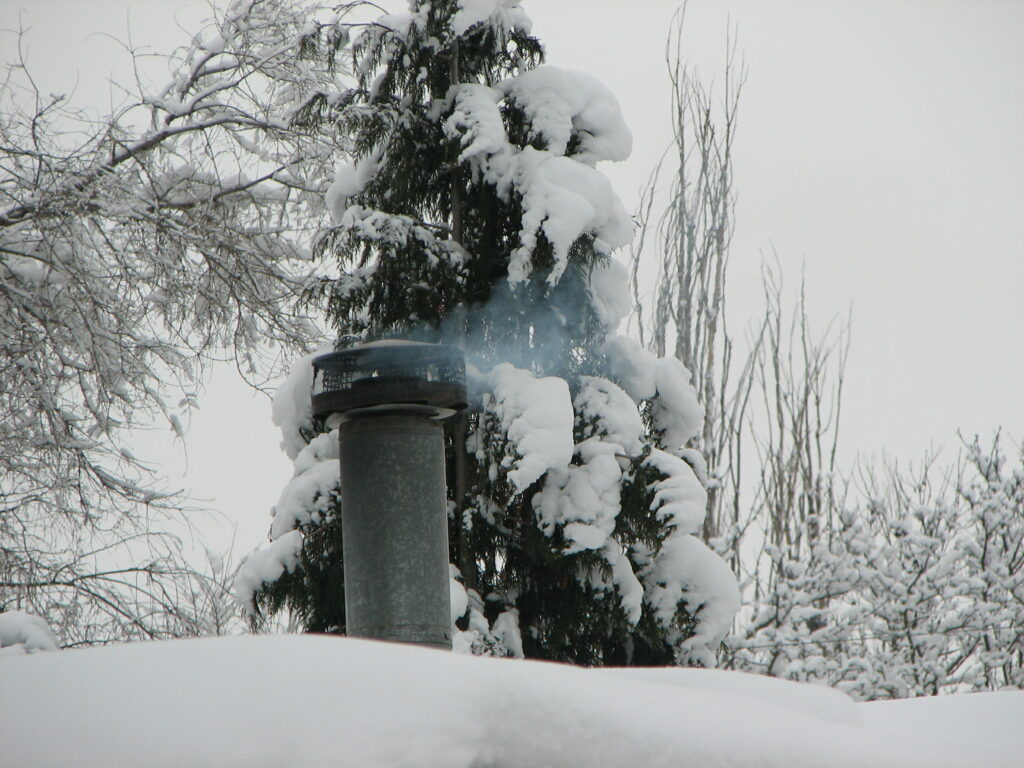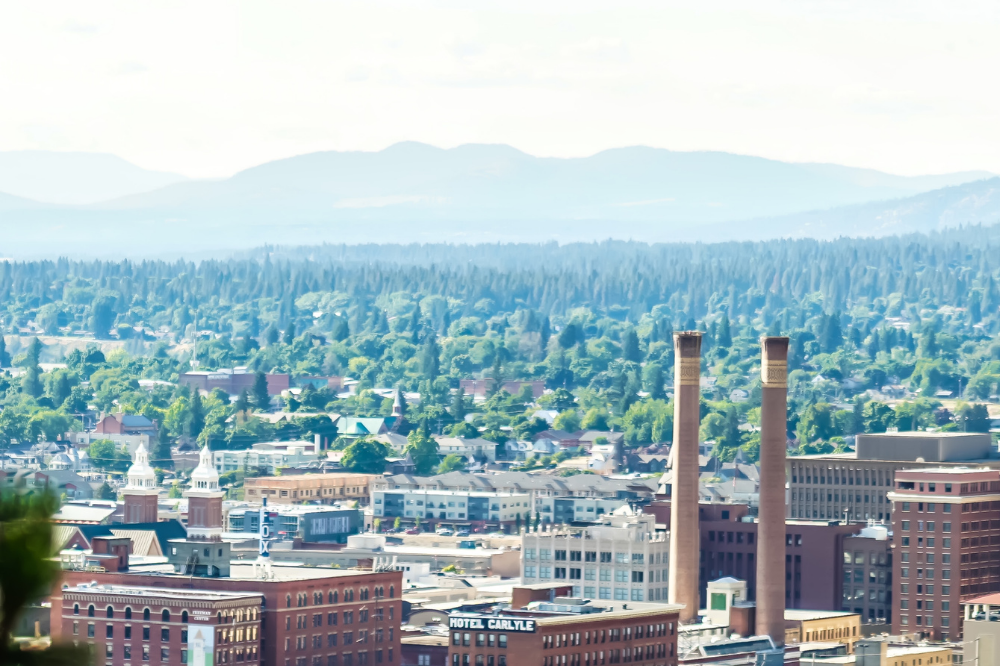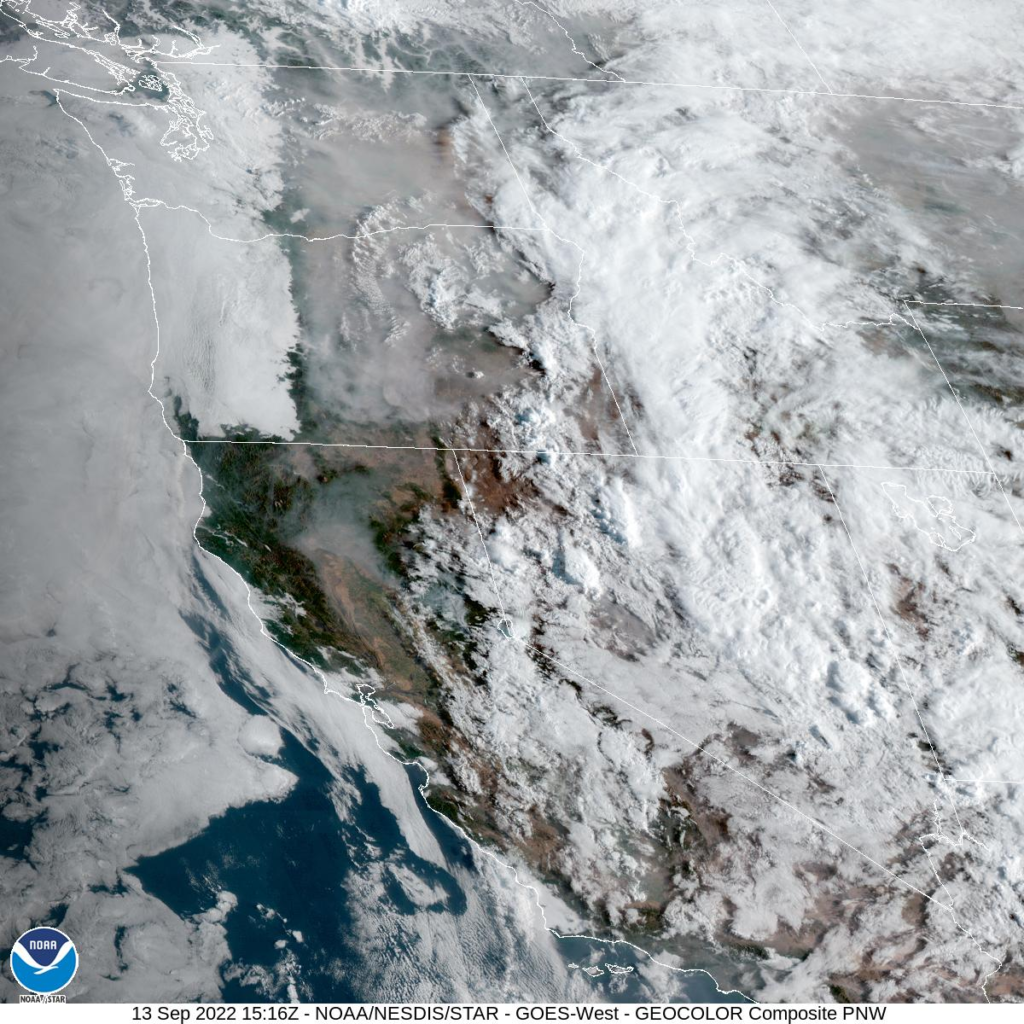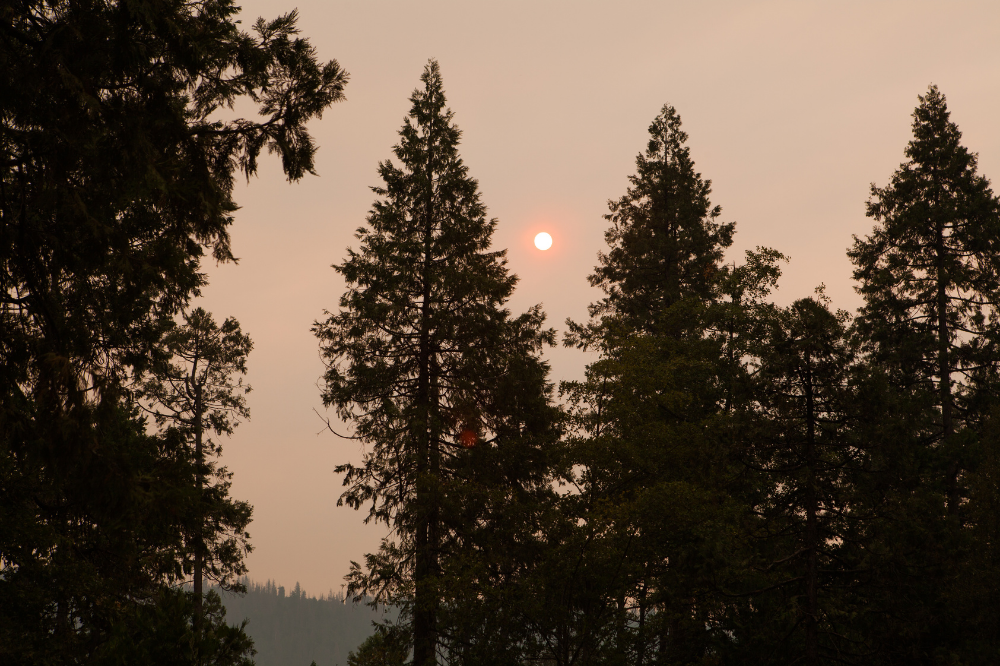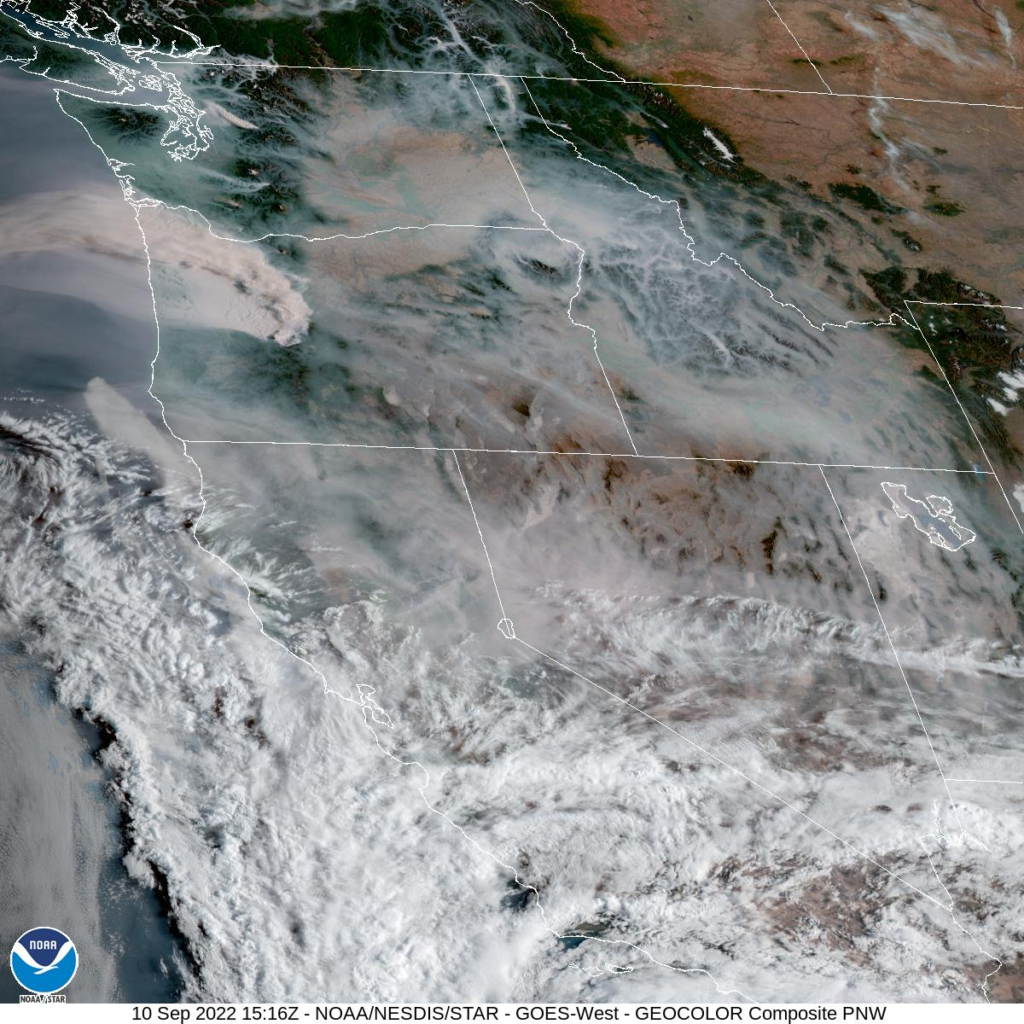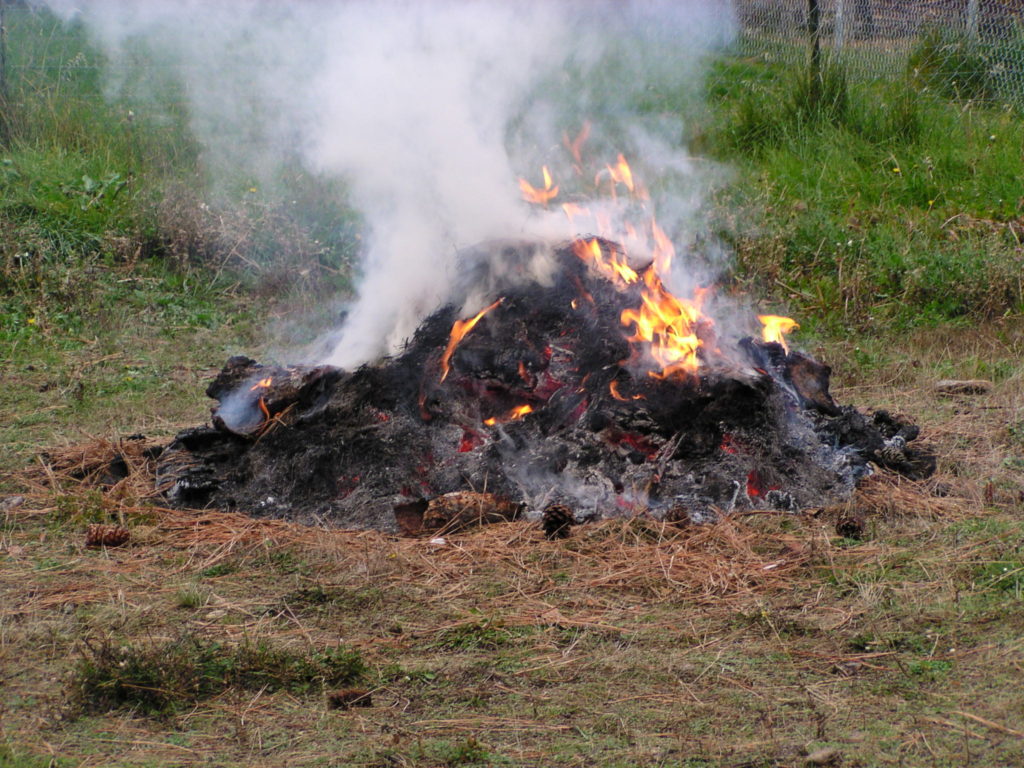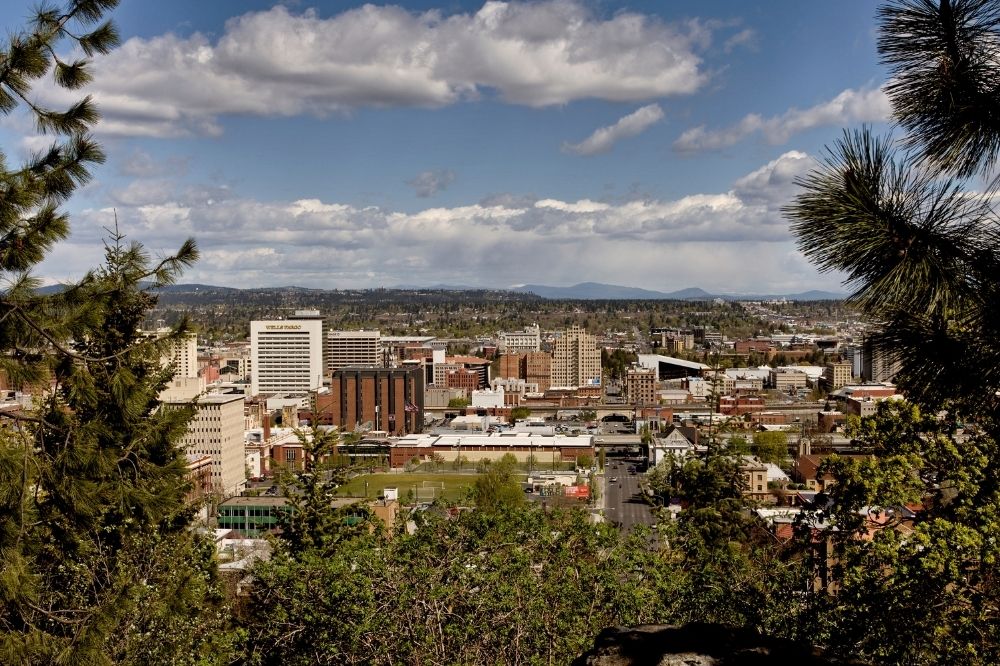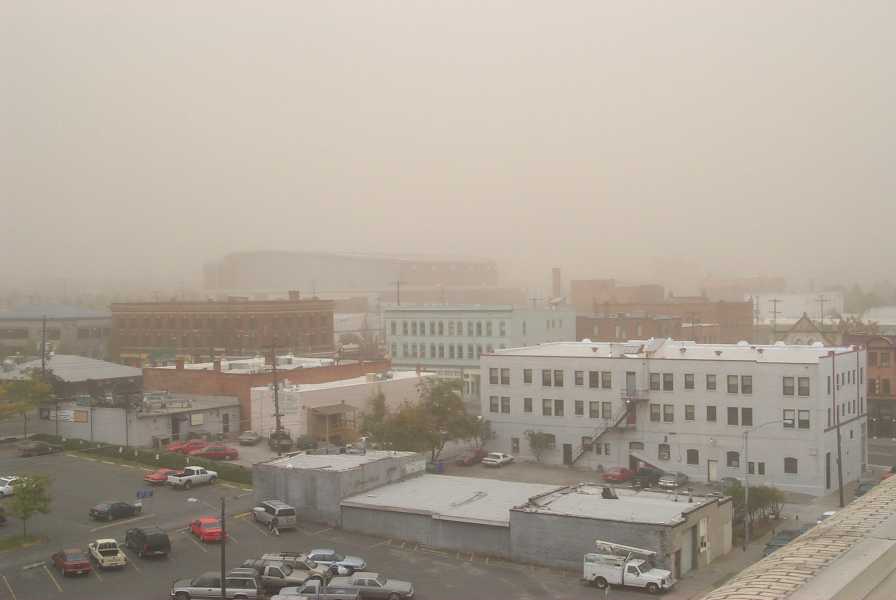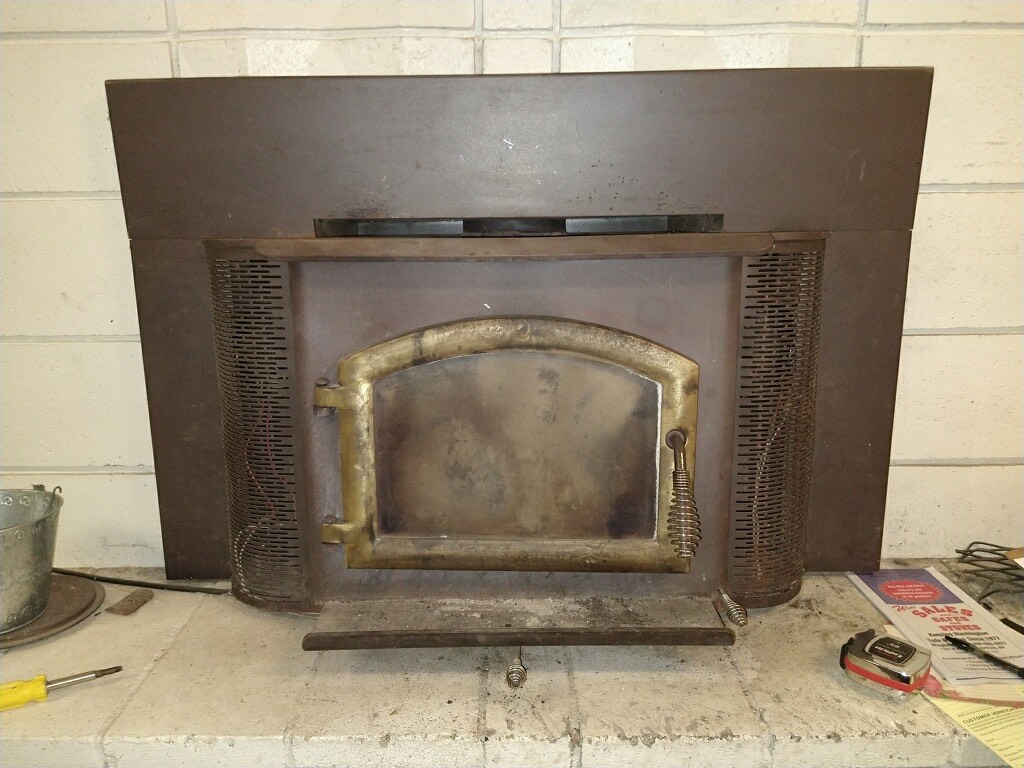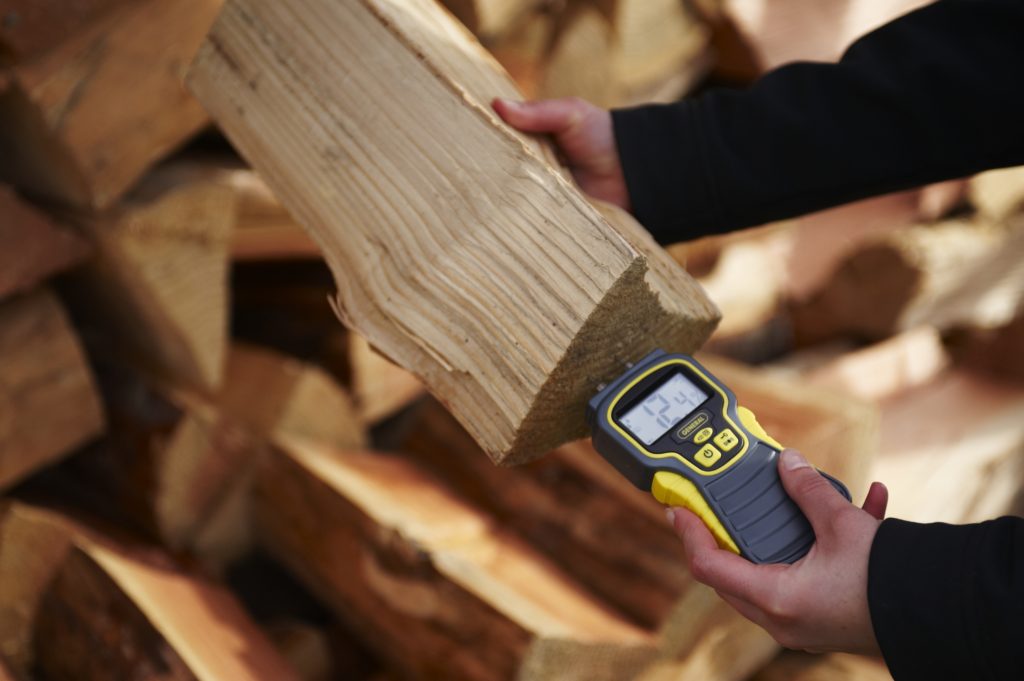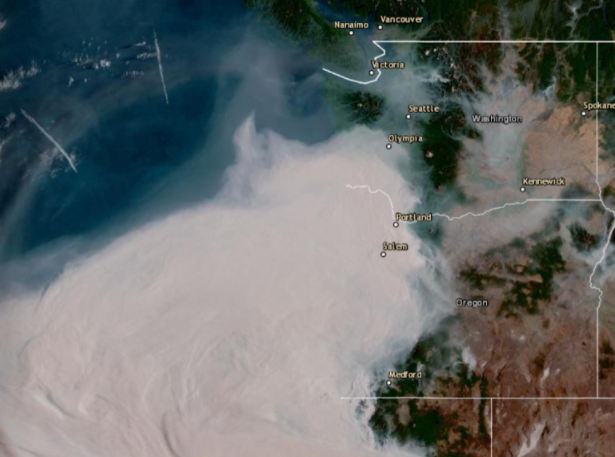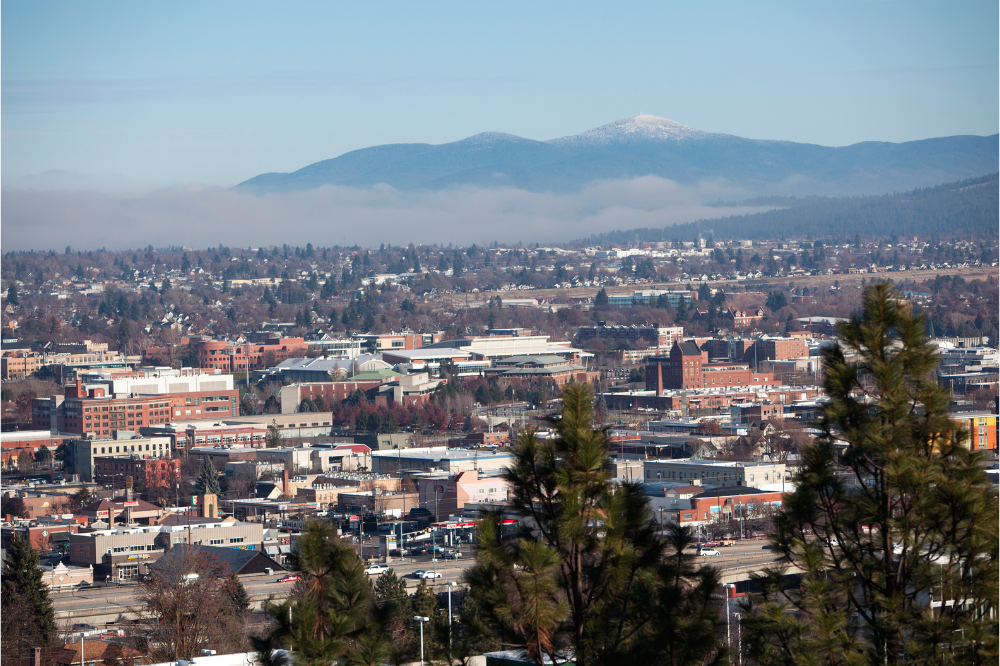
Spokane typically doesn’t see wildfire smoke until mid-August. In 2021, however, wildfires began peppering the landscape in our region early. By the end of this year’s wildfire season, Spokane experienced eight exceedances of the health-based standard set by EPA for Particulate Matter 2.5 (PM2.5) and three exceedances for ground-level ozone pollution.
The highest daily AQI of the wildfire season was 183/Unhealthy on August 13. The 24-hour average concentration was 117.7 micrograms per cubic meter of air.
“Wildfire smoke will continue to impact our air quality so it’s important for everyone to take steps to protect their health. This includes taking preventative measures during the off season, such as checking and replacing filters in your home’s forced air system to ensure better air indoors,” stated Scott Windsor, executive director of Spokane Clean Air.
The first measurable impact from wildfire smoke occurred for several hours on July 10 but did not eclipse the 24-hour health-based standard. From July 31 to August 3, smoke on four consecutive days failed to meet health-based standards. In mid-August, another round of smoke caused three more consecutive days of unhealthy air. Sporadic smoke intrusions continued through the summer with a final exceedance of PM2.5 on September 9. Running summary of days PM2.5 failed to meet air quality standards and the causes.
This past wildfire season we experienced more days over health standards than last, however the concentrations were not as high as last season, when five consecutive days were either in the hazardous or very unhealthy categories. Below is a table of the AQI data since 2012 when the first noteworthy air quality impacts from wildfire smoke were observed:
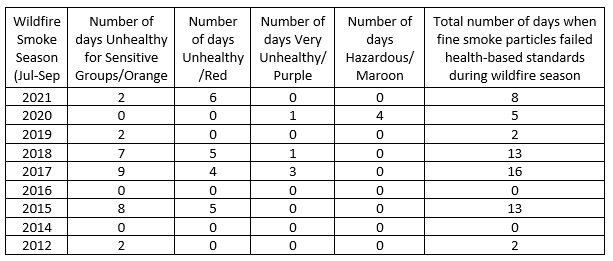
In addition to PM2.5 levels failing health-standards, ozone levels failed to meet the 8-hour average ozone standard of 0.070 parts per million on three days: July 13, 14, and 31. Ozone at ground-level is a harmful air pollutant that forms photo-chemically when precursor gases react in sunlight. Wildfires are sources of precursor gases that contribute to ozone formation.
